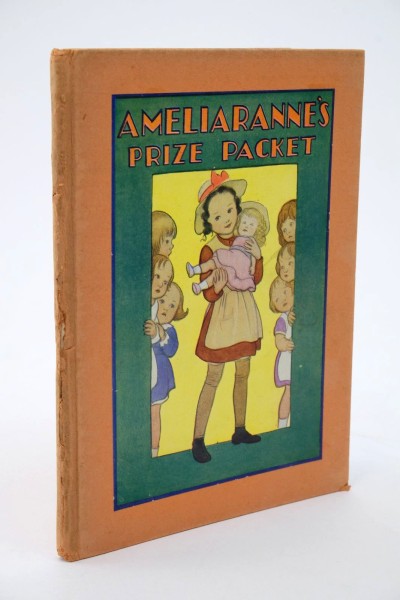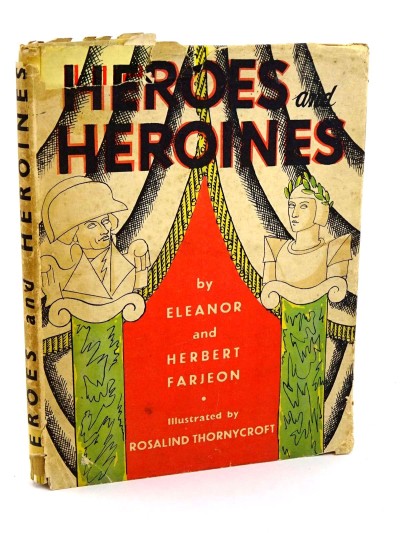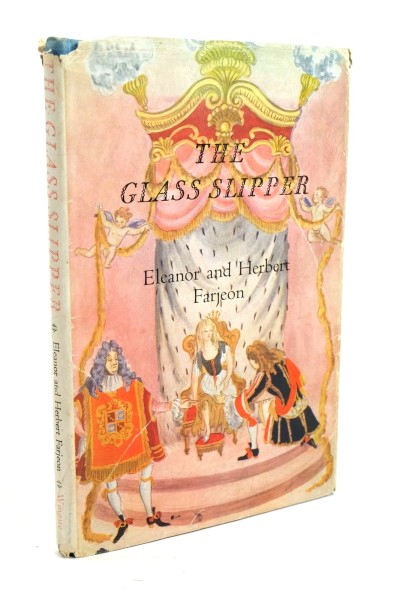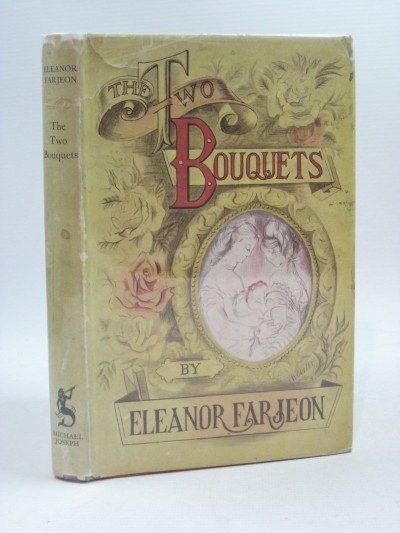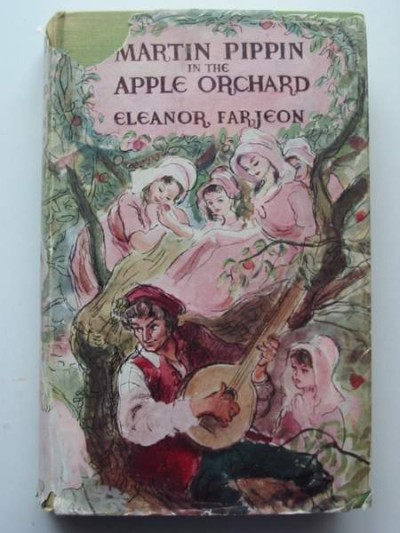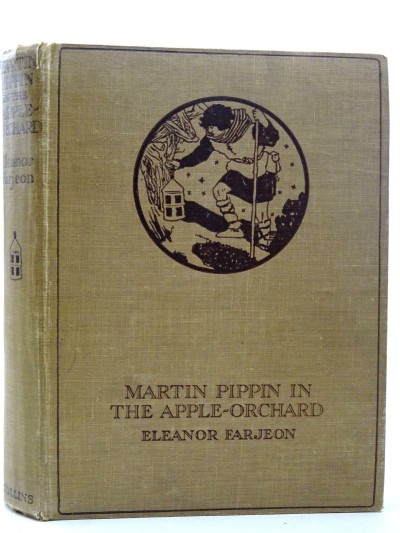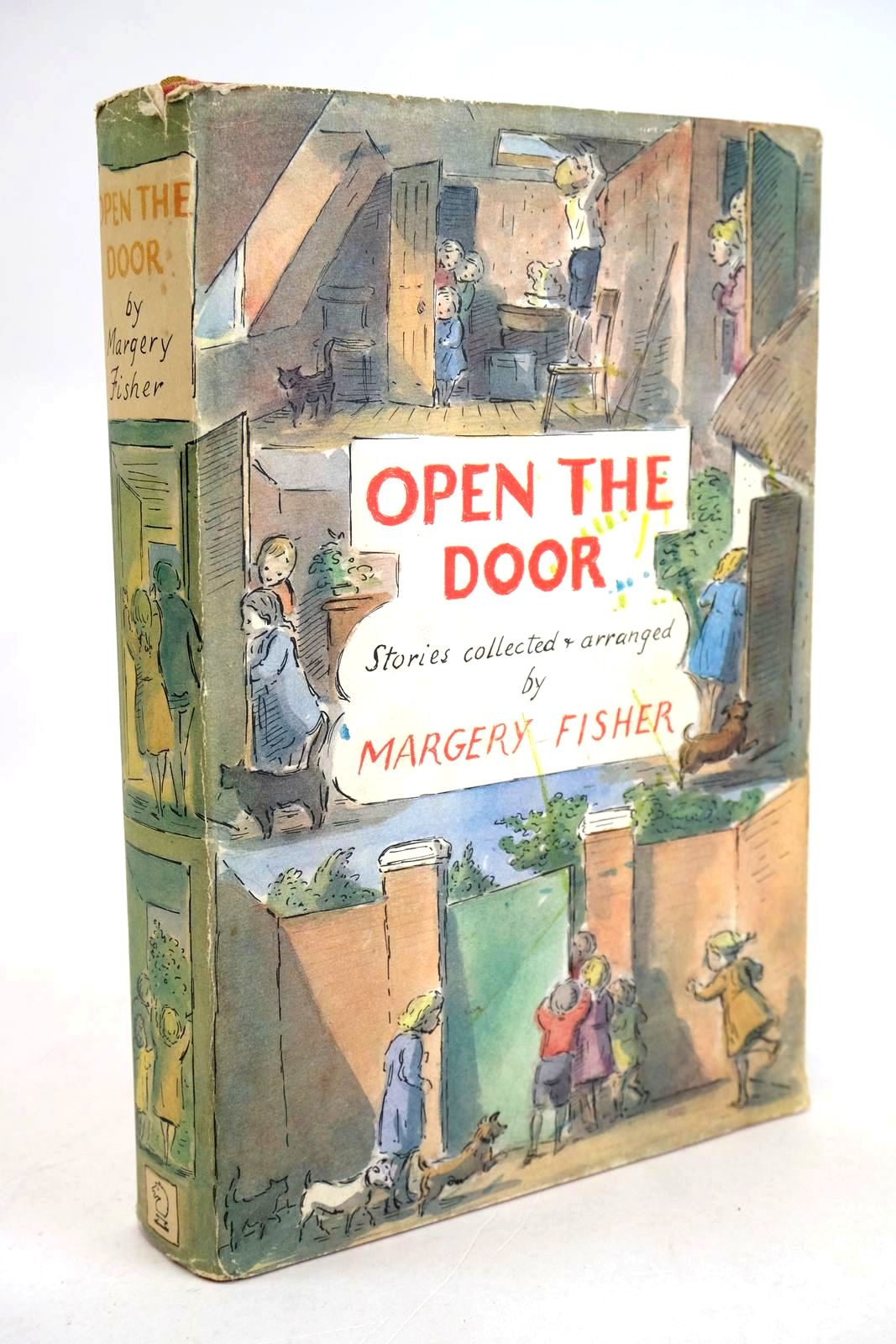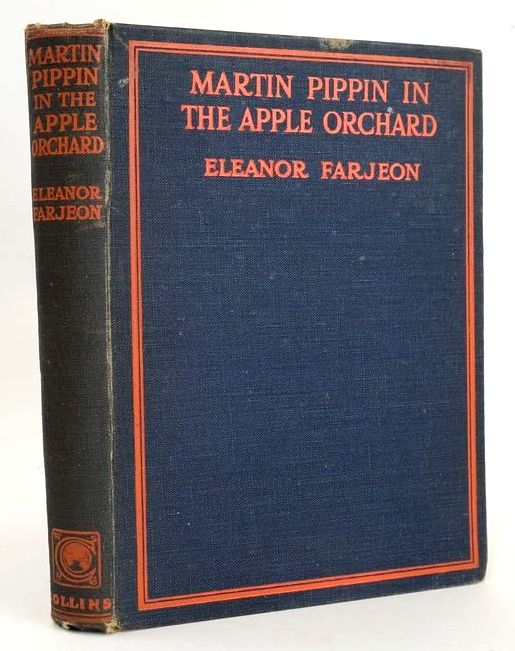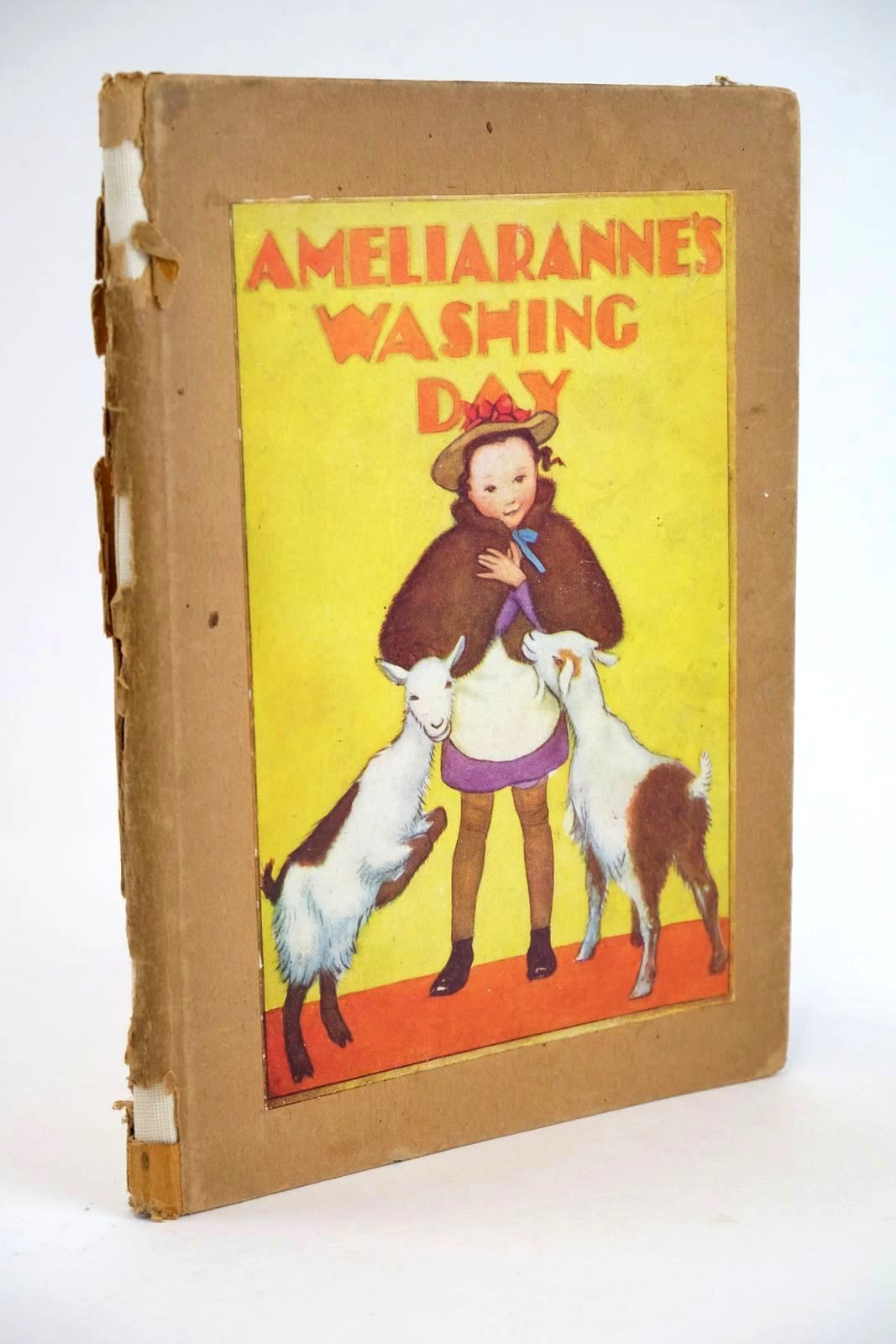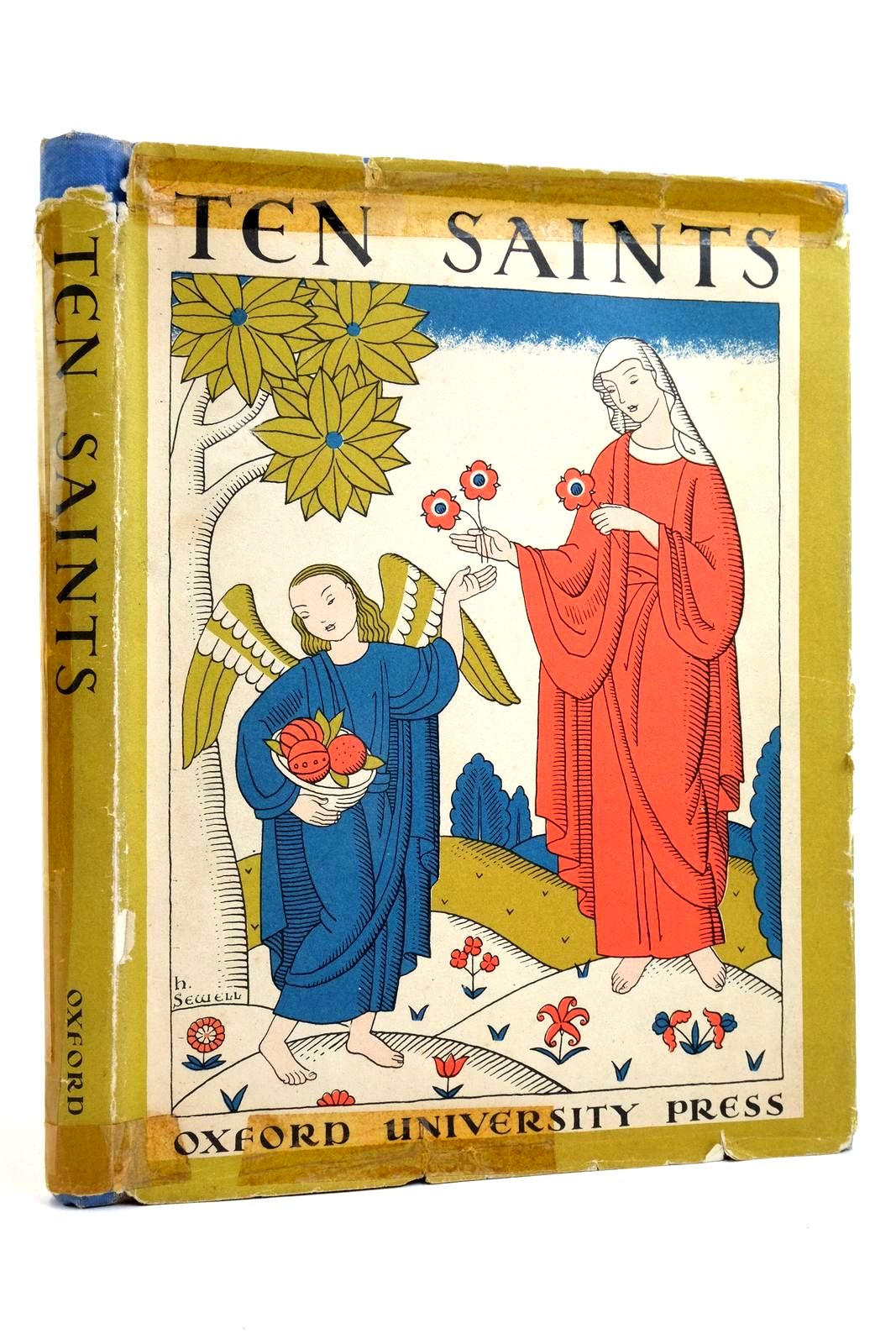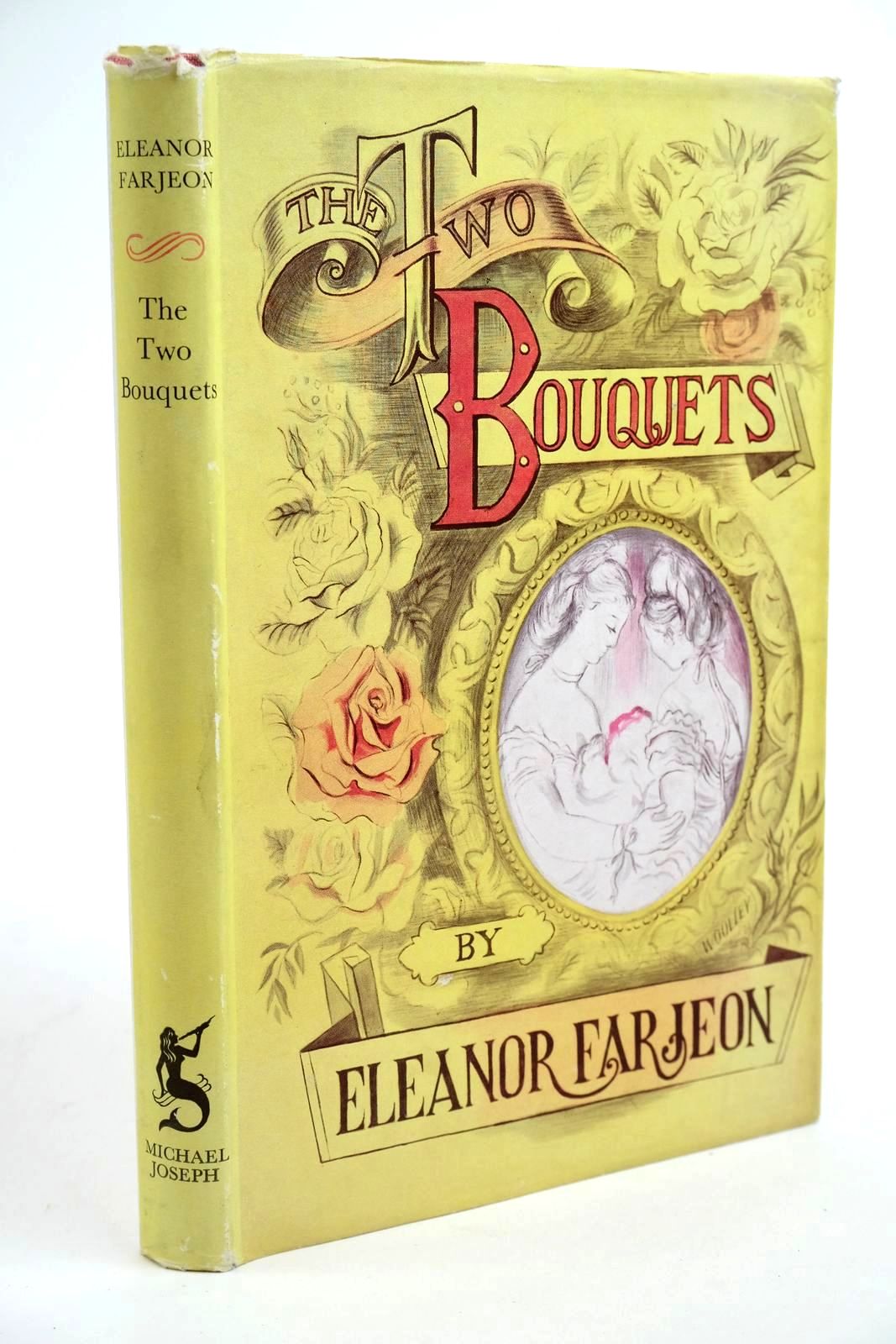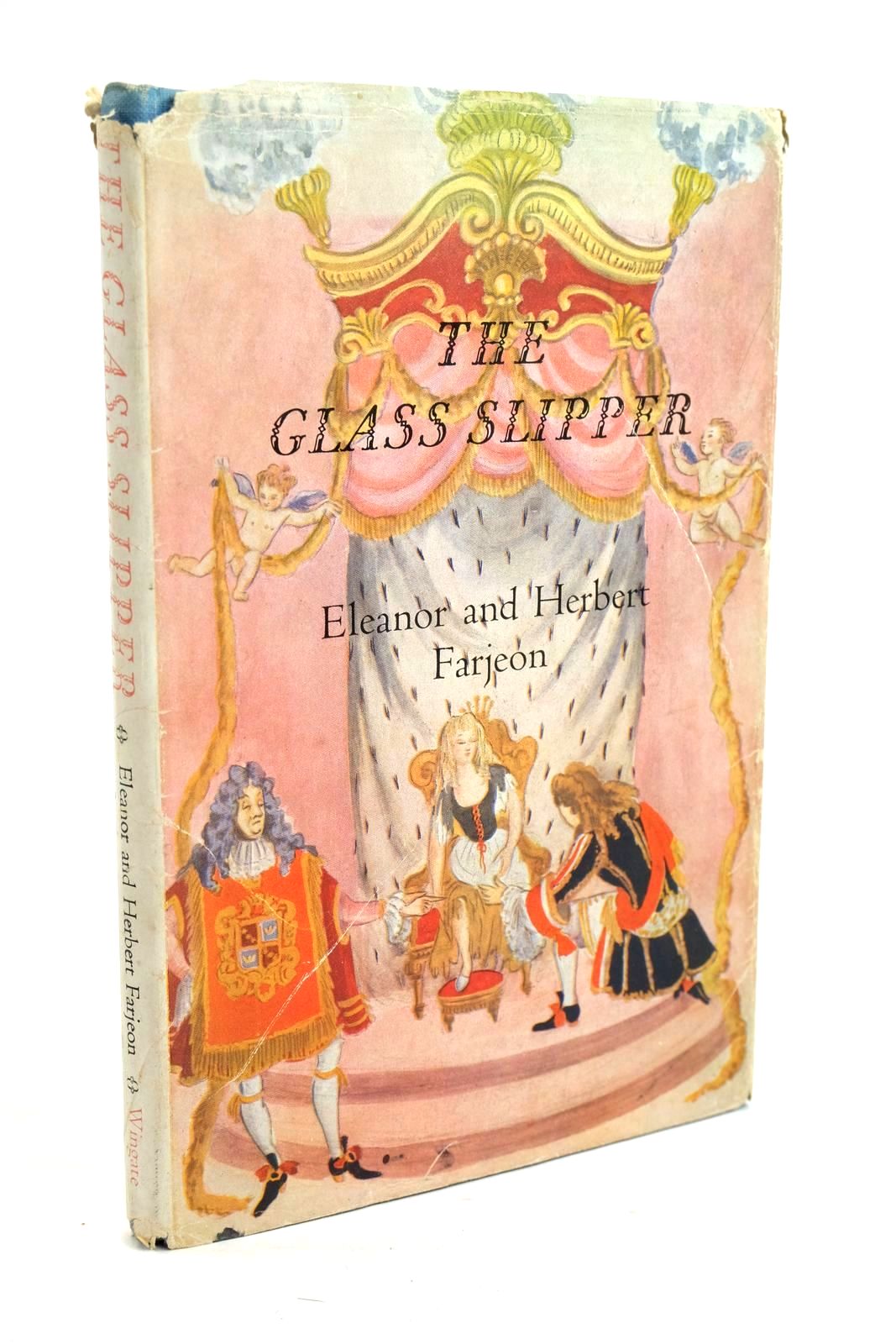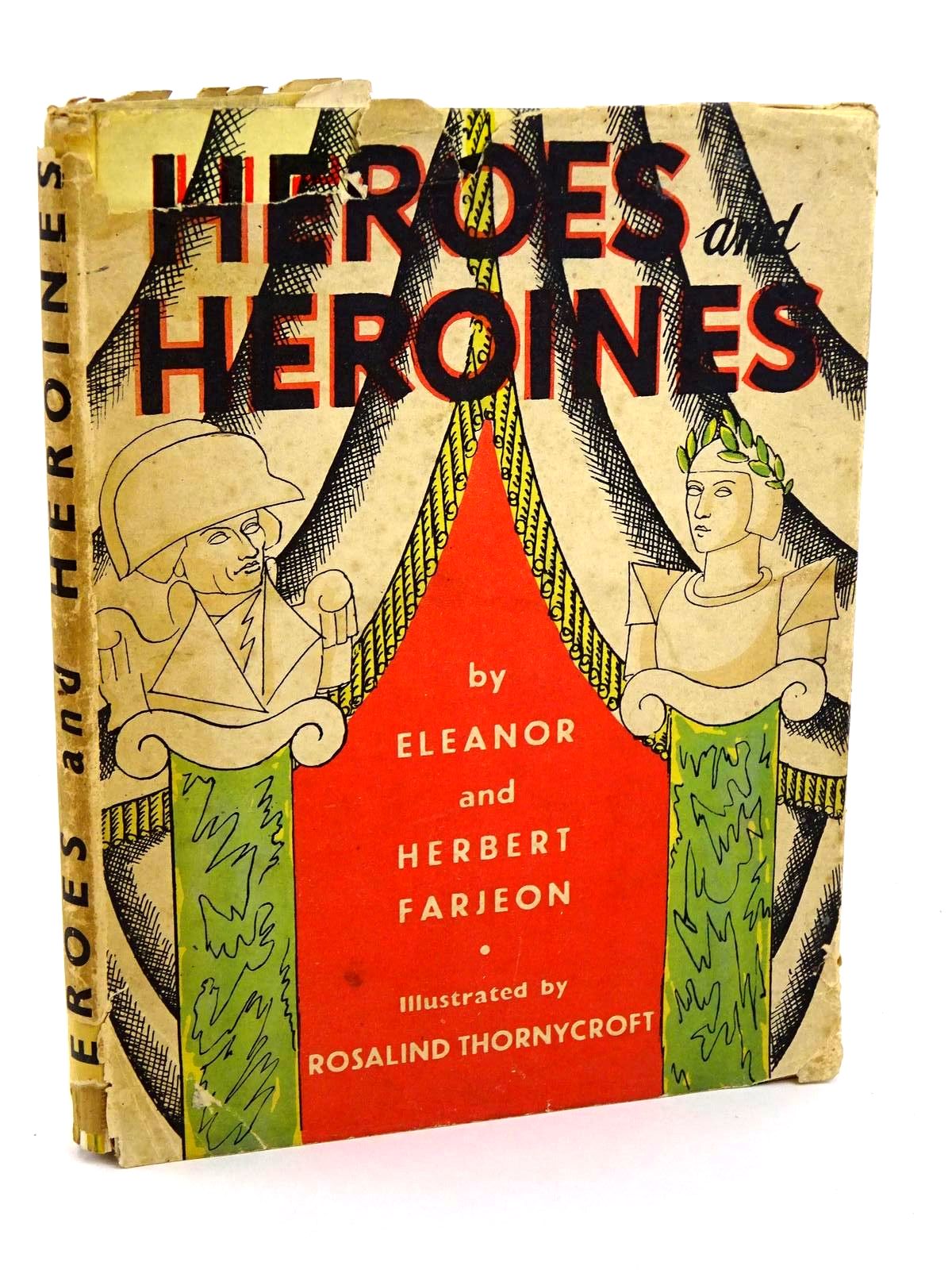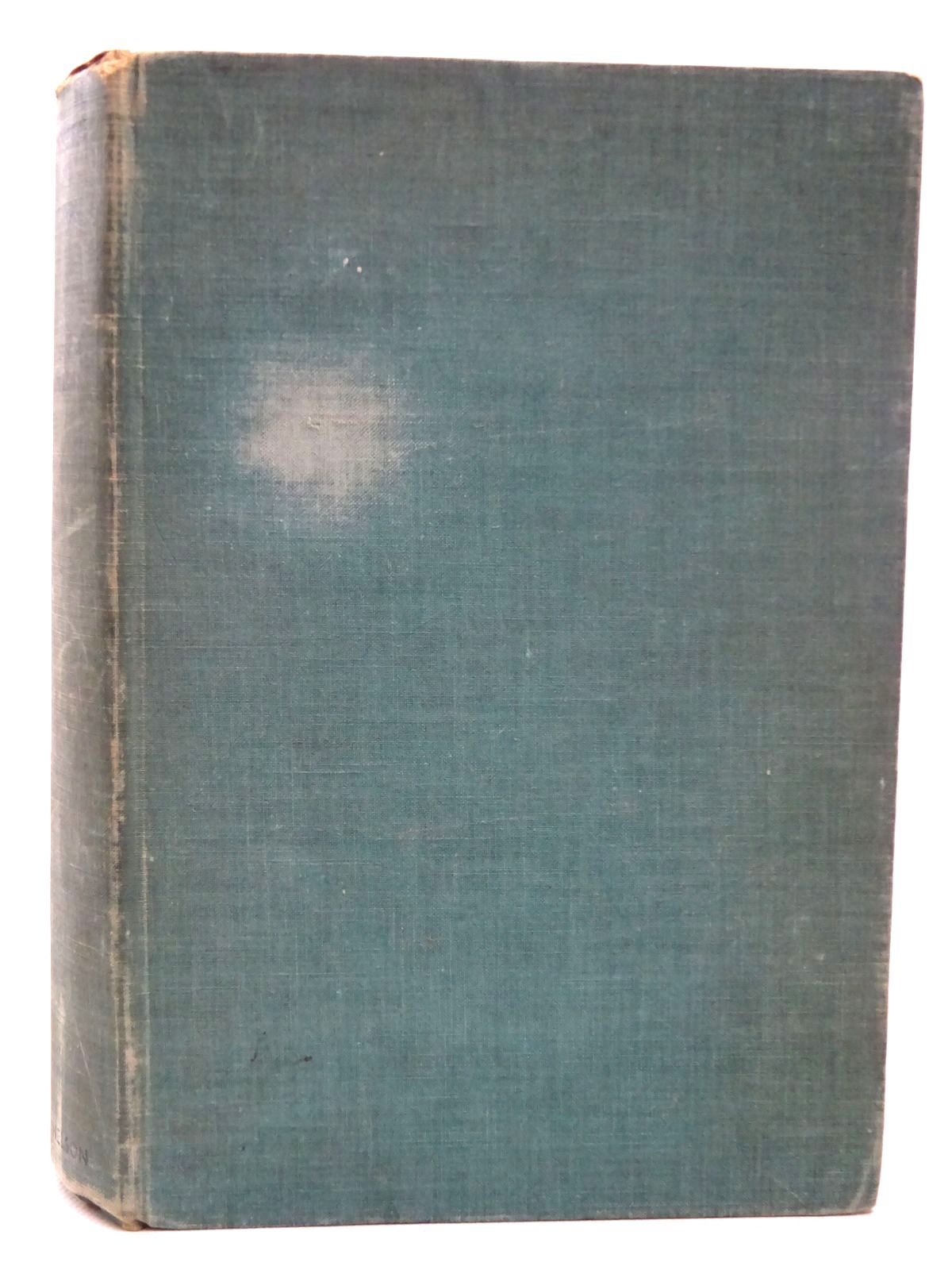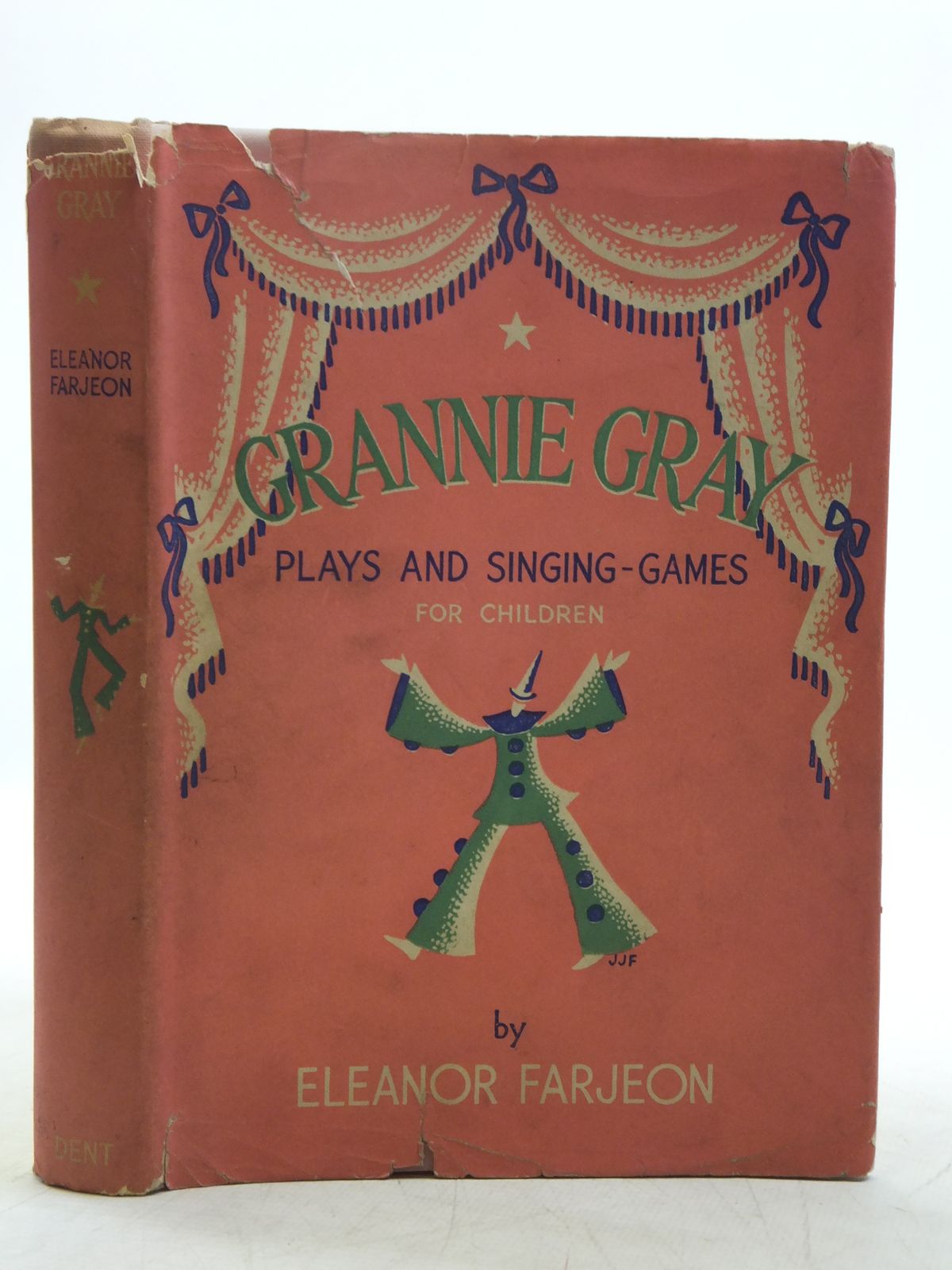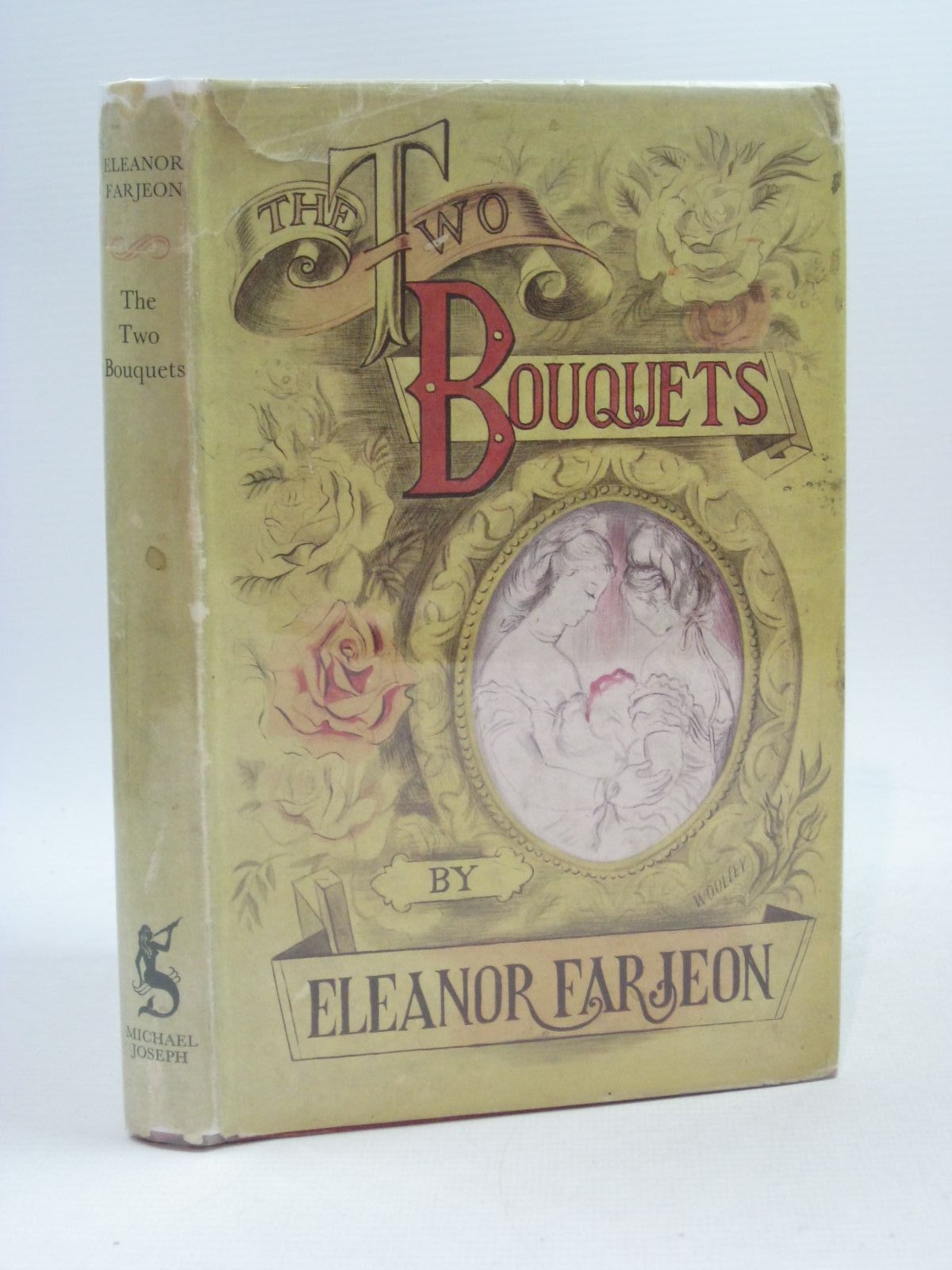Eleanor Farjeon
Eleanor Farjeon (known to her family as Nellie), was born in London on 13th of February 1881 to a talented and artistic literary family. Her father Benjamin Leopold Farjeon was himself an author, while her mother Margaret was a daughter of the American actor Joseph Jefferson. Eleanor was their only daughter and had three brothers.
Being born into such gifted family, her writing was encouraged from a very young age, and although having no formal education but rather being home taught, this did not prevent her from writing a full story, 'Kitty's Dream' at just six years of age. Farjeon's writing was not just limited to one genre, she also wrote poetry, plays, children’s and adult novels as well as short stories, essays and non-fiction articles along with operas and operettas. Her audience, therefore, was vast and varied.
It is said that Eleanor had a shy, timid nature and apparently had a problem with her eyesight for which she wore spectacles. However, she had a vivid imagination that she used to her advantage with her writing. Along with her imagination, she used her life experiences, travels, family holidays as well as characters and places she knew, as the inspiration for some of her works.
Some of Farjeon's earliest published works include an essay about her pet sparrow (published in 1891 when aged 10) and then at age 18 she received her first payment for a fairy tale published in Hutchinson's Magazine. However, it wasn't until 1908 that her first book of poems was published by Elkin Matthews under the title 'Pan Worship'.
Eleanor's older brother Harry Farjeon, who was apparently a born organiser, had a big influence on his siblings, as much of their upbringing was left up to him. Harry turned out to be a talented composer and musician in his own right and worked with Eleanor on 'Floretta', an operetta for which he wrote the music, and she produced the lyrics. It was published in 1899. Farjeon's other brothers, Joseph and Herbert (known as 'Bertie'), were both younger than her, but she later became especially close to Bertie, with whom she also collaborated. These works included: 'The Glass Slipper', a retelling of 'Cinderella', which was produced as a show directed by Robert Donat, published in 1945, in 1946 as a play and again in 1955 as a children's book with illustrations by E.H.Shepard; ‘Kings and Queens', which was first published in 1932, but was later revised and reprinted; 'Heroes and Heroines' (1933); 'Songs of Kings and Queens' (1938) and 'The Two Bouquets' (published in1936 in play form and later in 1938 adapted from the play).
The family relocated to Sussex during World War I. What she observed there, including the local traditions and landscapes would come to have a deep effect on her later writings, including the well-received and popular 'Martin Pippin' books, which were set in the Sussex area. 'Martin Pippin in the Apple Orchard' was first published in 1921, but the idea was first imagined by Farjeon much earlier, on a family holiday to France. Originally meant for adults and based on an old singing game, the content also appealed to younger readers and was thus published as a children's book. The sequel, 'Martin Pippin in the Daisy Field' wasn't published until 1937.
Due to her family connections Farjeon encountered and made friendships with some famous and influential characters of her time. Along with her brother Bertie, they were part of the artistic, literary group comprised of such individuals as Rupert Brooke, D.H. Lawrence, Walter de la Mare, Myra Hess, Harriet Cohen, Viola Meynell and Edward Thomas. Some of these encounters were later detailed in published accounts of her life which she recorded with her pen, but also through correspondence.
One such account is detailed in 'Edward Thomas: The Last Four Years' (1958). This title details the depth of her friendship with and love for married poet Edward Thomas in her own words, including much of their correspondence. He was killed during a battle in 1917.
Farjeon also wrote under different pseudonyms including 'Tomfool' for the Daily Herald and Reynolds News; under 'Chimaera' for 'Tide and Time', where she wrote the 'The Weekly Crowd' – a column that was a weekly summing up of the news in verse and under the name 'Merry Andrew' for 'The New Leader'. This more journalist style showed a further facet to her writing capabilities, but also reflected her personal political and social views.
Throughout her career, many famous, much-loved illustrators worked on her books, one of which was C.E. Brock who produced illustrations for the first illustrated edition of 'Martin Pippin in the Apple Orchard' (1925). Edward Ardizzone (her favourite illustrator) illustrated a number of her previously published titles, but also 'The Little Bookroom' (1955), a collection of short stories chosen by Farjeon herself which won her two accolades - the Carnegie Gold Medal and the Hans Christian Andersen award. Farjeon also won the American Regina Medal in 1959. Other artists who worked on her books were Hugh Chesterman, Rosalind Thornycroft, E.H.Whydale, Clare Leighton, S.B. Pearse (who illustrated her two Ameliaranne titles), Margaret Tarrant, Anthony Maitland and more.
Farjeon never married, but had two long term relationships, first with George Earle, a school teacher, with whom she lived from 1920 until his death in 1949. She then embarked on another relationship with the actor Denys Blakelock who wrote about it in his book 'Eleanor: Portrait of a Farjeon', that was published in 1966.
Although Farjeon was known for many of her poems and books, probably one of her most widely published and well-known works is actually the lyrics to the hymn 'Morning Has Broken', published in 1931. It was inspired by a small village in East Sussex called Alfriston but was set to a traditional Scottish Gaelic melody 'Bunessan'. Cat Stevens would make this an international hit in the 1970s when he included it on his album 'Teaser and the Firecat'.
Eleanor Farjeon died in Hampstead on 5th of June 1965.
Credits:
Book and Magazine Collector February 1995, no. 131 (Eleanor Farjeon by Anne Harvey).
Wikipedia
timeandtidemagazine.org
poetryarchive.org
biographybase.com
poetryfoundation.org
Contributed by Joanne
(Published on 30th Apr 2023)



